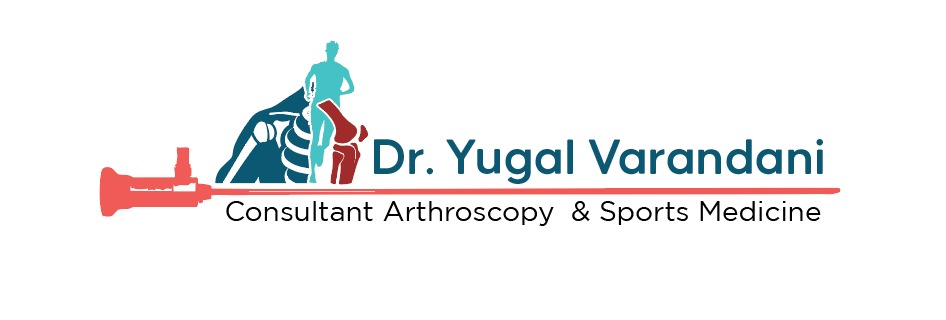
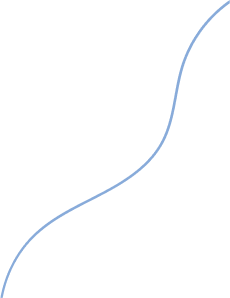
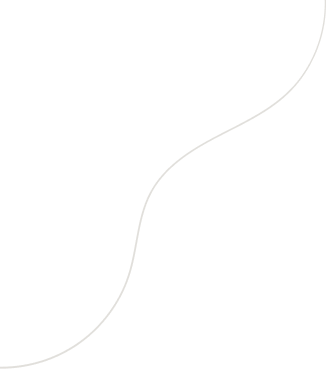

Rotator Cuff Tears
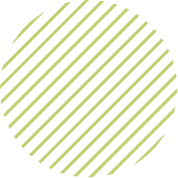
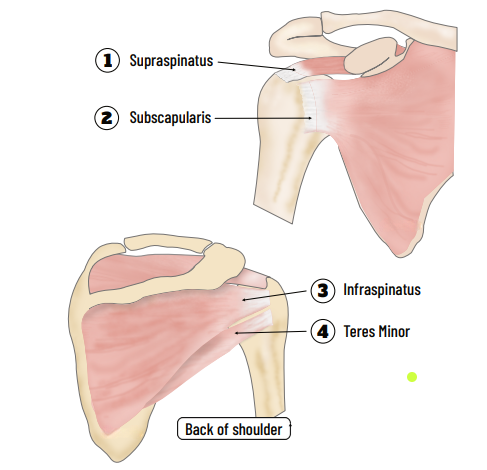

Shoulder Pain Causes
The Shoulder is a ball and socket joint, covered by capsule and ligaments that provide stability. The ball is surrounded by a group of 4 muscle- tendons, collectively called the Rotator cuff. The cuff stabilizes the shoulder, rotates the arm and raises the arm.
The cuff tendons lie under a bone called acromion, separated by lubricating sac – bursa
Rotator Cuff tears
Rotator cuff tears due to injury such as a fall or develops slowly due to overuse and repetitive
injury. The weakened tendon due to age is vulnerable for tear. It is very rare in young and more common in above 50 years of age Symptoms: Pain in the shoulder, felt more over the outer arm, Pain worse on elevating the arm, bringing it back and bringing it across the body. Weakness of arm movements. In severe cases the arm cannot be maintained in an elevated position and drops down (Drop-arm sign) Weakness of external rotation when examined by the physician is characteristic





Natural History of Rotator Cuff tears
- Full thickness tears never heal
- Once torn they get retracted – repair becomes
difficult - When not used, the muscle becomes fatty and
wasted - Without cuff, the ball moves up and rubs against
the bone resulting in arthritis.
Treatment
Small and minimally symptomatic tears are offered conservative trial. Rotator cuff tears occur in tendons with poor blood supply. Once torn they retract away from the bone attachment site and they never heal. Hence surgical repair is recommended early. Arthroscopic cuff repair has become the gold standard for repairing cuff tears.
Arthroscopic Repair
Symptomatic tears are repaired using key-hole procedure (Arthroscopy). Arthroscopy has several advantages :
i) Minimally invasive
ii) Excellent visualization of other
problems within the shoulder
iii) Thorough mobilization and
iv) options of single row and double row repair.






Irreparable tears
Rotator cuff tendon tears do not heal and get retracted with time. Due to disuse, the muscles become wasted and infiltrated with fat. This fatty degeneration poorly correlates with healing potential. In this stage it becomes difficult to bring the tendon to the footprint and the tear becomes irreparable.
To ensure success in these cases, we employ few techniques to restore the function of the cuff
1. Biceps tendon augmentation
2. Superior Capsular reconstruction. In this technique, a band of fascia from the thigh or
an allograft is used to create the tissue above the humeral head.
3. Tendon transfer : Tendon transfers aim to transfer the power and function of a nearby
muscle to the torn cuff. The lower trapezius has a line of action similar to the rotator cuff.
This tendon is transferred to the head of numerus by a hamstring tendon graft extension
End Stage Cuff Arthritis
Neglected tears get retracted and the stabilizing effect of the cuff tendons is lost. The numerus is poorly controlled and starts migrating upwards and hitting against the collar bone. This results in erosion of cartilage and damage to bone. This painful degenerative condition is called cuff arthropathy (arthritis).







Reverse Shoulder Replacement
Chronic tears are characterized by loss of function and severe pain. Shoulder arthroplasty (joint replacement) solves both these problems.
Once the stabilizing effect of tendons is lost, the deltoid muscle cannot lift the shoulder. The fulcrum of this function has to be reestablished. This is accomplished by a shoulder replacement technique called “Reverse shoulder” in which the the ball and socket positions are reversed. The ball, now attached to the original socket re-establishes the fulcrum, which
allows the deltoid to lift the arm. This procedure also gives pain relief in addition.
